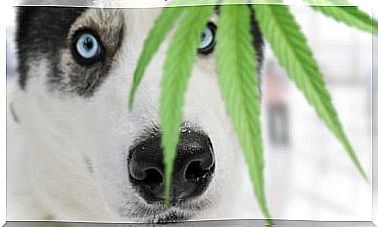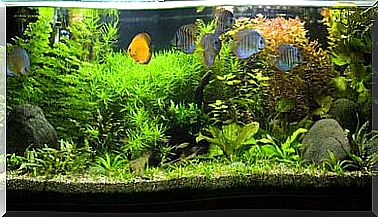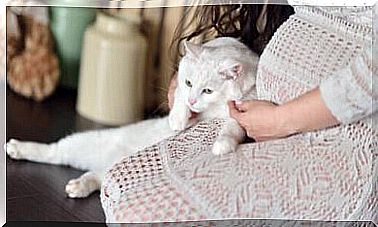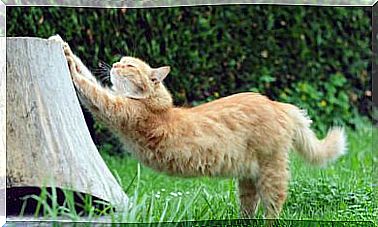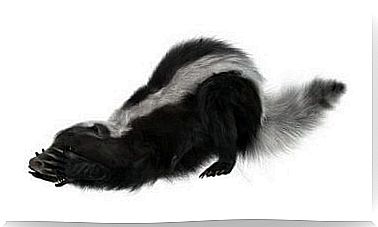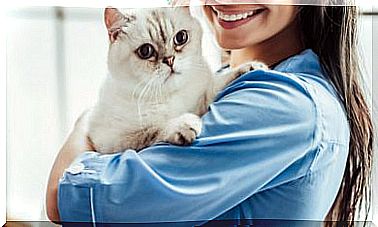The Caturrita Argentina, A Very Scandalous Bird
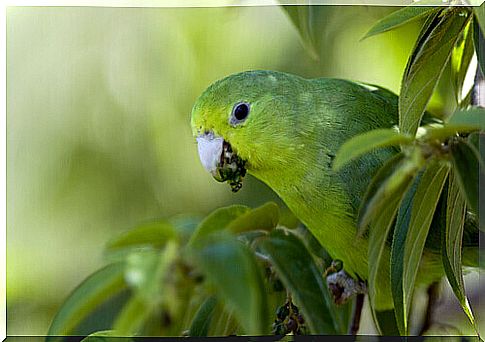
The Quaker Parrot, also known as Caturrita Monge or Caturrita Argentina ( Myiopsitta monachus ) is originally from South America. They are green, small and very noisy birds. They live in colonies and have complex social structures.
They have an unusual ability to use flexible branches and branches to build large community nests in which all members of the colony can reproduce.
As a result of this rich social structure, the Quaker parrot is a very sociable, lovable and energetic bird, which makes it a wonderful pet.
Let’s meet him?
Characteristics
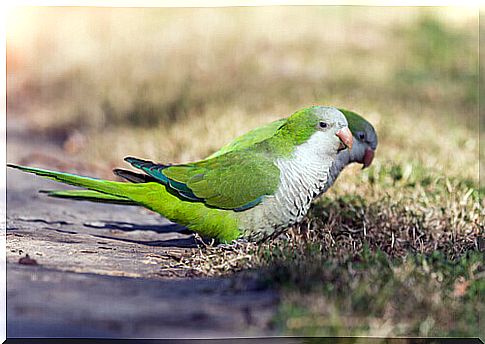
– The Quaker parrot or Caturrita Argentina is endemic to Central Bolivia, southern Brazil and extends to the middle of Argentina.
This parrot owes its name to its gray facial plumage, similar to an old-fashioned Quaker costume.
– This type of parrot is characterized by being the only species that builds its own nest using branches and other plant materials.
Through their little houses, they relate to neighbors to form structures similar to “bird condominiums”, with individual chambers and separate nest entrances for each family.
These nesting structures can be the size of a small car and can weigh up to 90 kg.
– Caturrita Argentina can live from 25 to 30 years. They are similar to a Cockatoo, but with a bulkier body. They measure between 28 and 30 centimeters, including their long tail. Its wingspan is 48 to 53 centimeters and weigh between 90 and 139 grams.
– The upper plumage is green in color. The face, neck, chest and paws are pale gray in color. The chest tends to be grayish-brown in color and each finer feather is usually a pale gray.
The upper part of the abdomen is olive yellow and the lower abdomen, buttocks, thighs and upper coverings of the tail are yellowish green in color. The outer parts of the flight plumes are blue in color.
The upper side of the tail is green in color, with a blue center below. The underside is pale green in color with a bluish-gray base.
– The beak is brown in color; the feet are gray in color and the eyes are dark brown, with gray eye-rings (periophthalmic rings).
– Males and females look like each other. Young people look like adults, but the front part is gray, they have it in green.
– Caturrita Argentina looks a bit like parakeets. However, these are smaller and have a green face and chest, as well as a very evident yellow part on the outer surfaces of the wings.
– This type of parrot is native to, and generally common in, northeastern Argentina (in the provinces between Ríos, Santa Fé Córdoba and Buenos Aires), Bolivia, southern Brazil (Rio Grande do Sul), Paraguay and Uruguay. Historically, it is a kind of woodland, but it has adapted well to urban areas.
a great singer
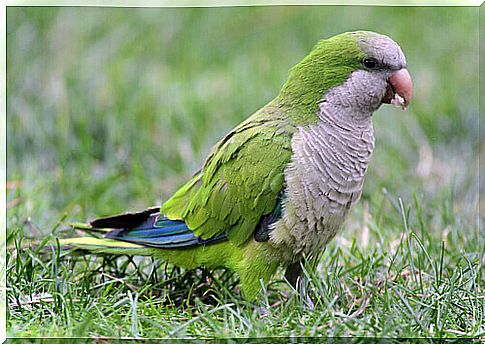
Their voices are made up of shrill croaks and screams and, above all, you can hear them when they fly or feed. These parrots are very social and tend to be quite noisy.
In urban areas, in particular, they can be considered a great nuisance, as they form large noisy bands that can be heard from great distances.
Caturrita Argentina can also irritate humans with their voices. For this reason, it is not recommended as the ideal pet for those who are sensitive to noise.
They have a great talent for imitating the human voice and other sounds they hear in their environment. In this sense, they can be good companions for those who complain about loneliness and silence.
This type of parrot often breeds in colonies. Nests are constructed from twigs and other branches and are located in trees or man-made structures such as radio towers, light poles or electric poles.
Females can lay an average of 5 to 12 white eggs, which are incubated by both parents for approximately 24 days.
Once the chicks are born, the parents usually have helper birds that help feed the small birds. In general, this task falls to some already grown descendants.


